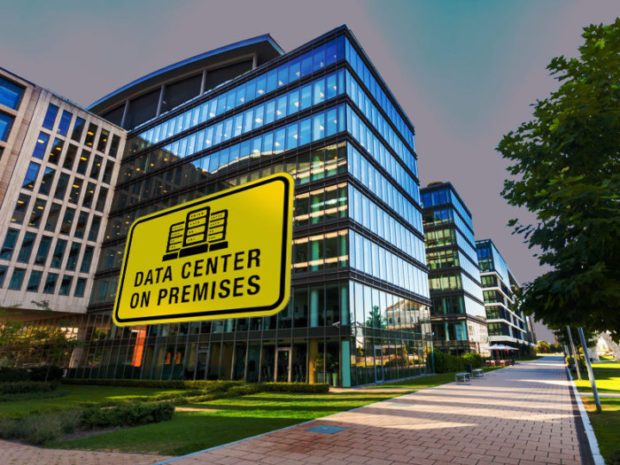In most people’s minds, an empty property is easy to maintain. After all, there aren’t any valuables inside, and there isn’t any daily wear and tear to deal with.
Except, that isn’t the case at all. While the average person might not look twice at a disused building, there are plenty of people who actually see it as an opportunity. From “urban explorers” searching for a new location to investigate, to homeless people seeking shelter, to those looking for a location to conduct more illicit activities. Whether it’s an empty office, residential block or industrial warehouse, the responsibility for managing any damage and insurance claims is going to fall squarely on you and your wallet.
If you’re responsible for an empty unit – or a unit that is about to become empty – for any length of time, it’s important to take care of its security. Here are seven risks that are commonly overlooked.
1. Weather damage
You might not give a second thought to the effect that bad weather is having on your building, but you should. High winds, heavy rain, frost and even long-term UV exposure can damage the exterior of a building, which can soon end up causing problems on the inside if they’re left untreated. Expensive structural problems from damp might be the least of your problems if vermin or trespassers find an easy way into the building through weather-damaged walls, roofing or windows.

2. Entry points
Standard doors with standard locks might be perfectly secure when the building is being used frequently. However, as soon as you leave a building for extended lengths of time, you create more of an opportunity for thieves to scope out the property’s weak spots. If you can’t afford to hire a security team to monitor the property, the least you should do is upgrade the robustness of access points.
Start by boarding up any doors and windows that don’t need to be used in your absence – Sitex screens may be a sensible alternative to conventional wooden boards if arson is a concern. Install steel security doors where you do still need access, and make sure that gates and non-boarded windows are fitted with new, modern locks.
3. Plants and overgrowth
Is there any point in trimming the hedges and mowing the lawn if you’re not even using the property? Absolutely.
- Unkempt overgrowth makes it clear that nobody is using the property, extending an invitation to squatters, vandals and trespassers.
- Excessive foliage will make it easier for criminals to move around the premises without being spotted from beyond the perimeter.
- Plants that cover pathways and entrances will become a hazard for those that still need to access the building (for which you are liable).
- It doesn’t take long for climbers and roots to disturb building materials, potentially resulting in expensive repairs later down the line.
4. Dummy Cameras
There was a time when dummy CCTV cameras were advocated as an excellent criminal deterrent. While they may still put off casual trespassers and opportunists, we’ve reached a point where practised criminals will be able to immediately identify an imitation camera. Once it’s been spotted, the obvious holes in your security will make your property an easy target.
Giveaways include an LED light, movement patterns and number of connected wires – and by the time you fork out for a dummy camera that can pass for a real one, you may as well pay a shade more for the real deal.
5. Scrap materials, tools and skips
Who would want the bits of rubbish lying around your commercial yard? Well, as they say, one man’s trash is another man’s treasure, and just because you know they’re not worth anything, doesn’t mean they won’t attract unwelcome visitors onto the property for a closer look.
Even if they are visibly not of any value, leaving bulky items lying around outside is not a wise idea. They can easily be used as projectiles to break into (or climb into) the building, and also invites people to add their own rubbish to the pile. Unless you want to foot the bill for clearing up a fly-tipping site, best to keep your ground tidy.
6. Dark corners
If you tend to check on the property during the day, you might not think about the impact of outbuildings or large objects in your yard after dark. Once visibility becomes limited, they provide ample cover for trespassers to sneak around the property, making it difficult (and unsafe) to police even if you do hire a security guard. Limit the number of dark corners by installing motion-activated security lights wherever necessary, and reducing the number of hiding spots around the property by securing large objects indoors.
7. Open spaces
Once you have cleared your site of foliage, bulky items and unnecessary outbuildings, you should be in the clear, right? Not exactly. Depending on the size of your site, a large open space may start to look very appealing to travelling camps. Evicting a traveller settlement can be a substantial headache, as certain legal procedures have to be followed, and you may end up needing a bailiff to successfully move them from the property.
If your land is spacious enough to drive several vehicles around, it’s essential to install perimeter security, such as temporary fencing or concrete bollards.



